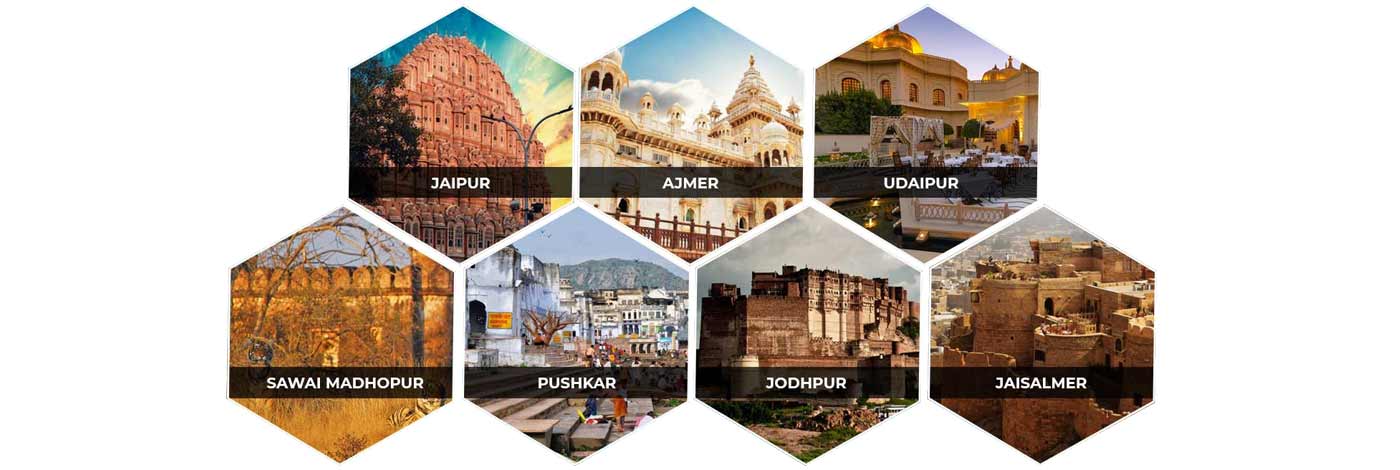
Bassi Wildlife Sanctuary
Bassi Wildlife Sanctuary is situated near Bassi region in the Chittorgarh district of the Indian state Rajasthan. It lies at a distance of 5 kilometres from Bassi Fort Palace on the western border of the Vindhyachal Ranges. It spans over an area of 15,290 hectares and includes Orai and Bassi dams as a part of the sanctuary. The sanctuary was established in the year 1988. Bassi Wildlife Sanctuary has a series of tableland along with gentle slopes and vast expanses of large lakes. Water channels are also there which penetrate into the forest. The lush green backdrop of the sanctuary makes it an ideal place for experiencing the beautiful nature.
Flora and Fauna of Bassi Wildlife Sanctuary
A vast variety of flora and fauna are the inhabitants of this Bassi Wildlife Sanctuary. It is an excellent wildlife refuge where the animals dwell freely in their natural habitat without any human intervention and disturbances. Common species of fauna found here include Wild Boar, Mongoose, Leopard, Antelopes, Jackal, Crocodile, Civet, Spotted Deer, Panther, Porcupine, Langur, Blue Bull, Fox, Hare and many more. A number of exotic birds also flock around the sanctuary such as Rock Eagle Owl, Lesser Golden-backed Woodpecker, Black-headed Cuckoo-shrike, Asian Paradise-flycatcher, Painted Stork, Asian Openbill Stork, Sparrowhawk, Indian Peafowl and many others. During winters several migratory birds including Cranes and Pelicans, arrive from distant regions. Bassi Wildlife Sanctuary is a lesser known sanctuary and is a paradise for wildlife enthusiasts.
Visiting Information
For visiting Bassi Wildlife Sanctuary prior permission must be taken from the District Forest Officer, Chittorgarh. It is best visited during winters as during this season a number of magnificent winged guests can be spotted in the sanctuary. The sanctuary is well connected through roadways with neighbouring states. Rajasthan roadways (RSRTC) or private bus services can be availed by the tourists. Dabok Airport in Udaipur, situated at a distance of 70 kilometres, is the nearest airport which is connected to all the major cities of India. Chittaurgarh Railway Station located at a distance of 21 kilometres serves as the closest railway station. Boating and angling activities can also be cherished here. An entry fee must be paid before visiting the sanctuary.
Rajasthan Wildlife
Rajasthan brings to mind the images of forts, palaces, lakes, colourful festivals and the mighty Thar Desert. Rajasthan is a land of varied topography, ranging from the semi green forests of Mount Abu to dry grasslands of the desert, and from the dry deciduous thorn forest of Aravali to wetlands of Bharatpur. Each of these areas is home to variety of rare as well as endangered animal and bird species. The sanctuaries and the wildlife parks here attract the migratory birds and become their temporary home. Migratory birds like the common crane, ducks, coots, pelicans and the rare Siberian cranes, imperial sand grouse, falcons, buzzards flocks to this state during the winter season. In the season time, the whole place echoes with enchanting sounds and fascinating visuals against the sprawling meadow of flora. Each of these areas is a haven for a wide spectrum of wildlife, bestowing the state with some of the most fascinating wildlife sanctuaries in India.
With its unconventional beauty and varied attractions, Rajasthan simply charms its way into our hearts. However, there is another aspect of Rajasthan that draws visitors in hordes. Well, it is Rajasthan's rich wildlife that makes adventure lovers and wildlife enthusiasts flock its national parks and wildlife sanctuaries every year. A very well known fact is that Rajasthan has a variety of flora and fauna. Rajasthan is the haven of the tigers and many endangered species. Rajasthan is the home of some rare species of tigers, blackbucks, chinkara, the desert fox, the endangered caracal, the great Indian bustard, gavial, monitor lizard, wild boars, porcupine, etc. The leopard (panther) here is found in forests and in open degraded forest areas with rocky outcrops adjoining towns and villages. Each type of ecosystem is host to some rare species, so they have been marked as special area wildlife.
Rajasthan boasts of three national parks and over a dozen sanctuaries that offer a fascinating variety of birds and beasts, of flora and fauna and of hilly and forested terrain. Most of these areas are open to visitors round the year but are closed briefly during the monsoon. The wildlife sanctuaries in Rajasthan offer some of the best wildlife tours in India and can be explored either by jeep or on elephant back. So, get set for a jeep or elephant safari and enjoy a close encounter with the wild beasts and beautiful birds in their natural habitat. For those looking for adventure, these wildlife sanctuaries of Rajasthan provide the kind of excitement that really makes the adrenaline flow.
The Nahargarh Biological Park has a variety of vegetation and several species of wild beasts. The Jhalana Nature Trail, Arboretum Park, Amrita Devi Park and Machia Safari Park are the other popular ones. Around 550 species of birds can be traced in the lakes, ponds, marshlands and grasslands of Rajasthan. They are an absolute paradise for bird lovers most of which are residents. The best colony of birds in the world is Kealodeo National Park situated in Bharatpur. The Keoladeo Ghana National Park at Bharatpur is a bird sanctuary that is visited, every year, by our feathered friend from distant lands. It is famous for the exotic Spoonbills and Siberian Cranes. It has more than 400 species of birds and more than 130 of them breed inside the park. Being a unique bird place, the UNSECO has recognized it as a world heritage site. The Sariska Wildlife Sanctuary and the Ranthambore National Park are tiger reserves and homes to the royal Indian tiger. These destinations have a large variety of other wild species including the wild boar, jackal, sambar and nilgai. The Ranthambore National Park is also a heritage site, as it houses the magnificent ruins of a thousand-year-old fort.
The best season for bird watching begins with the onset of winter when marshlands and lakes are inhabited by migratory birds as well as resident birds. Flamingos, too can be seen in salt-water lakes like Pachpadra near Barmer and Sambhar near Jaipur. The major wetlands other than Bharatpur in Rajasthan.
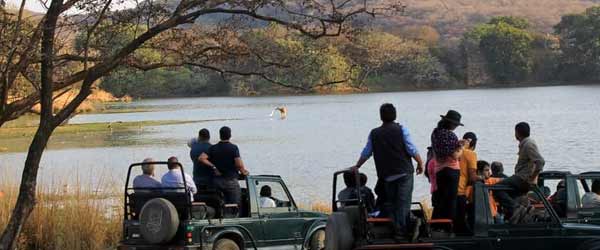
Ranthambore National Park
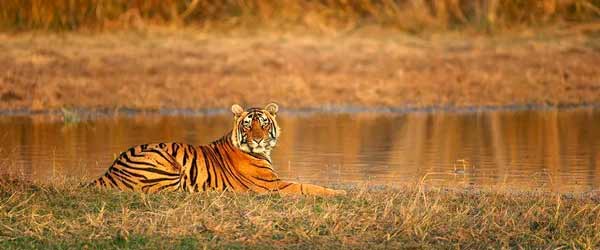
Sariska National Park, Alwar
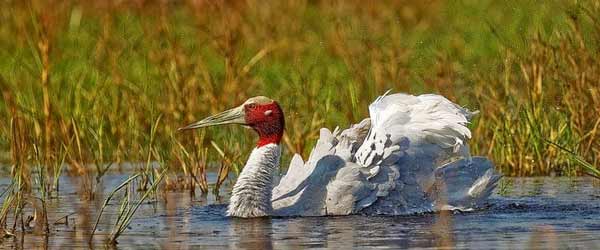
Keoladeo Ghana Bird Sanctuary
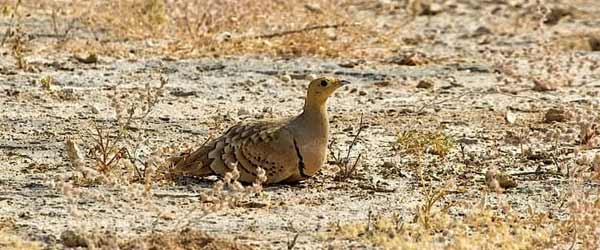
Desert National Sanctuary
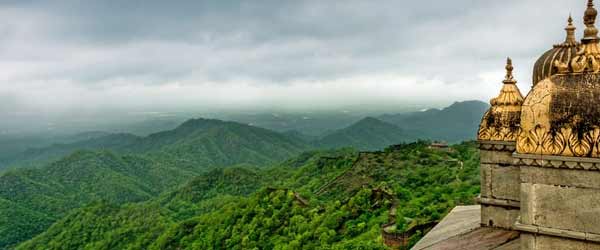
Kumbhalgarh Wildlife Sanctuary
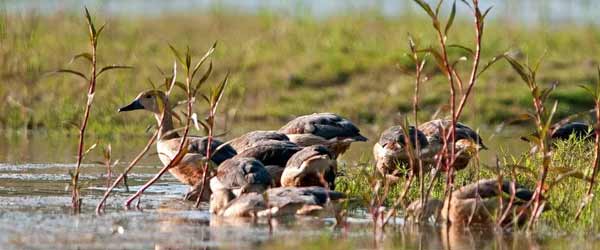
Darrah Sanctuary, Kota
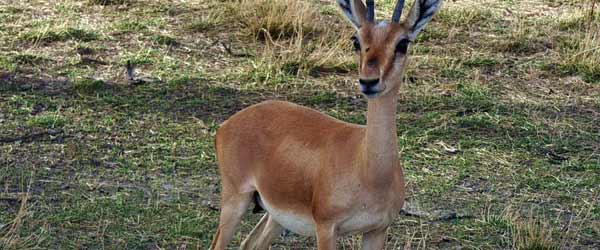
Mount Abu Sanctuary
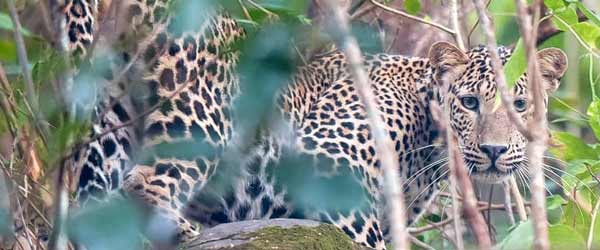
Sita Mata Sanctuary, Pratapgarh
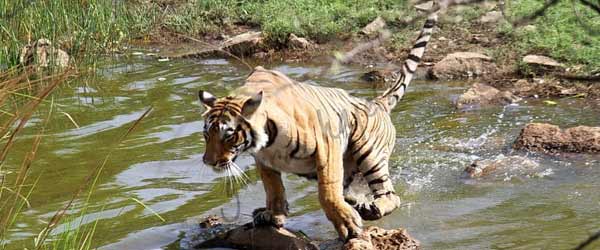
Keladevi Wildlife Sanctuary
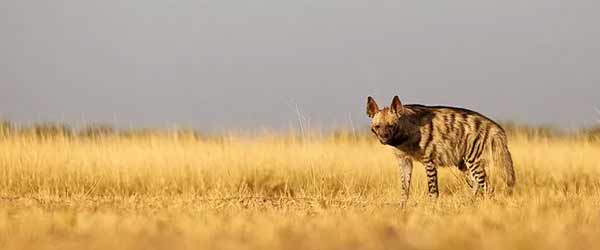
National Chambal Wildlife
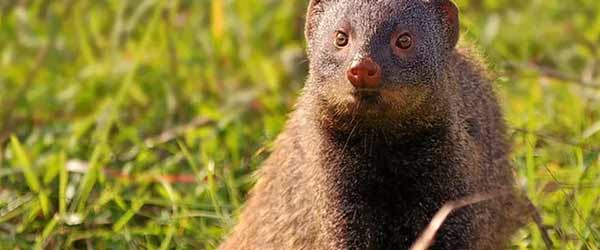
Machiya Safari Park, Jodhpur
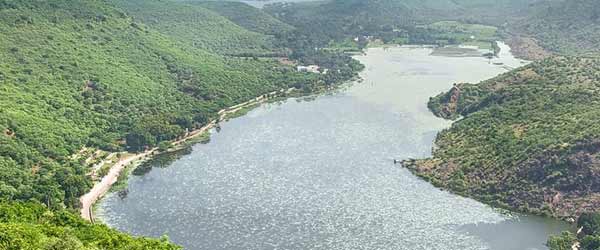
Ramgarh Vishdhari Sanctuary
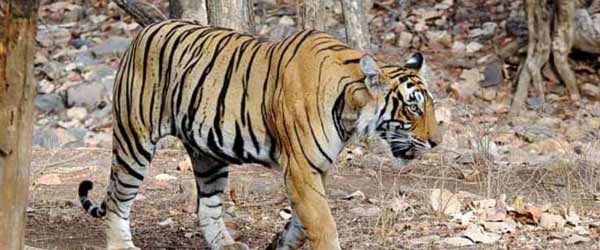
Mukundara Tiger Reserve, Kota
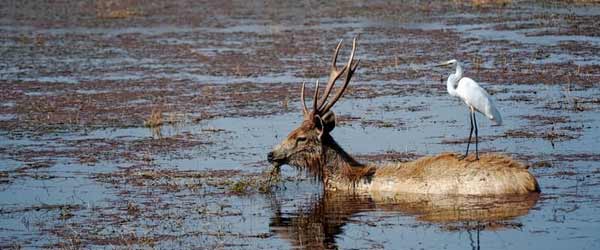
Baretha Wildlife sanctuary
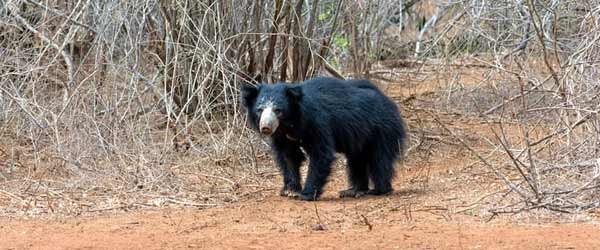
Jaisamand Sanctuary, Udaipur
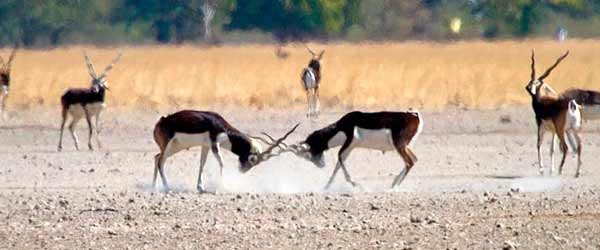
Tal Chhapar Sanctuary
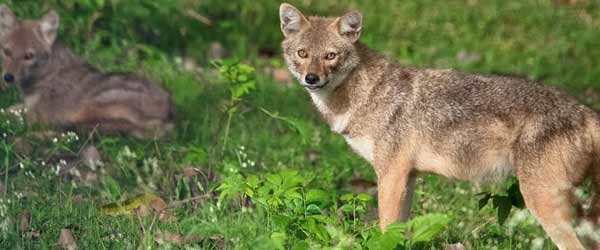
Bassi Wildlife Sanctuary
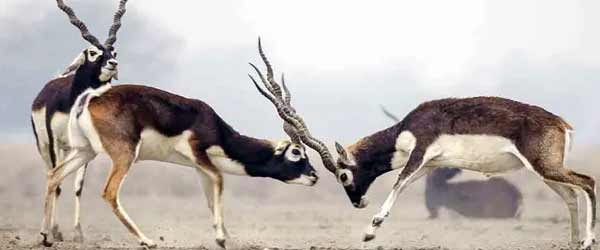
Gajner Wildlife Sanctuary
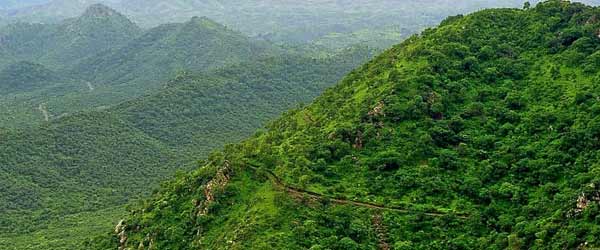
Sajjangarh Wildlife Sanctuary
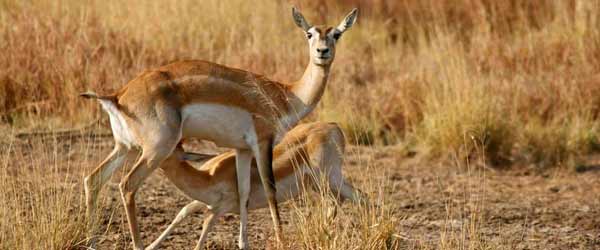
Todgarh Raoli Wildlife Sanctuary
 +91 9549279999
+91 9549279999 